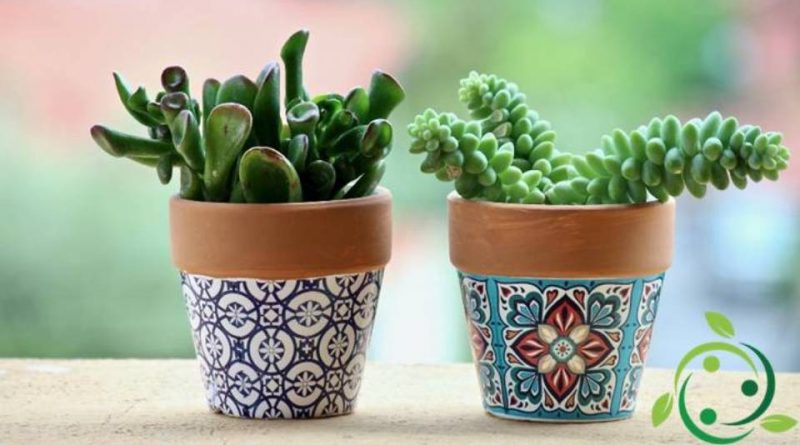How to grow succulents plants indoors
How to grow succulents plants indoors
The cultivation of plants at home must take into account some factors that do not occur in the open ground; the more these factors must be known and evaluated when growing succulents in an apartment.
Furthermore, it must be considered that not all succulents are suitable for being grown at home so it is necessary to know in advance the plant that you want to grow.
Generally succulents such as, for example, cacti and plants with dark leaves are not suitable for growing in the home, since they need more light than what an interior space of a house receives.
For this reason, succulents that have a natural green color are preferred.
The main problem of the growth of succulents in the apartment is in fact related to low lighting, which usually does not occur outside.
In the case of low lighting, plants withering or strange growth can occur, which takes the name of etiolation, that is, an abnormal lengthening of the ends of the plant and the presence of a lighter color of the leaves.
This is due to the fact that the plants try to make up for the lack of light by stretching towards the nearest light source, to increase exposure.
To overcome this, plants are normally placed near the brightest window, in this way the plants should grow naturally, thus avoiding abnormal growth. In this case, a good trick is, if possible, to periodically rotate the plant to avoid “deviations” towards the light of some parts of the plant.
Another fundamental problem for the good growth of succulents is the right amount of water. In reality, there is no generic formula for the right amount of water and frequency.
This depends on various factors, on the size of the pot and the plant, on temperatures, humidity and season.
In general, succulent plants must be watered more or less as it happens in nature: you have to give them a large amount of water, in order to give the roots the possibility to absorb the water and then let the soil dry completely before another watering.
The subsequent watering should be done after a few days since the soil is completely dry.
For this reason it is necessary that, between one watering and the other, it is necessary to check if the soil is damp with a finger, in which case then the addition of other water must be advanced or postponed.
However, compared to normal plants, succulents need much less water.
The succulents also have dormant periods, that is, time intervals in which the plant stops growing, in these periods the irrigations must be drastically reduced, these periods tend to coincide with the coldest months of the year.
In case of loss of leaves, you have to check if it is new growth or old leaves, in which case you should not be alarmed.
Another important precaution for the good growth of succulents is the container in which to vegetate them.
In general, containers without drain holes and containers that are too large for the size of the plant should be avoided. Therefore, be sure to change the pot only when the roots have occupied all the stick of earth.
Glass jars should also be avoided due to their poor ventilation. Succulents need good air exchange to grow healthily.
Now the substrate.
Succulents fear most of all water stagnation, for this reason there is a need for the soil used for their growth to be porous. It is possible to increase the porosity of the soil by adding river sand, or by using ready-to-use soil for succulents.
Another important factor for good vegetation is the supply of fertilizers.
If you want very luxuriant plants, with abundant blooms, you must choose a fertilizer with a low nitrogen content and with a high quantity of phosphorus and potassium.
Vice versa if you have to vegetate the plant.
Finally, the diseases that can affect succulents.
Insects that often attack succulents may include mealybugs. Especially the cottony cochineal. This causes a deterioration of the plant, it is possible to remove them manually or perform treatments with natural products.
Generally, it is enough to reduce irrigation and remove the nitrogen fertilizer for a while.

